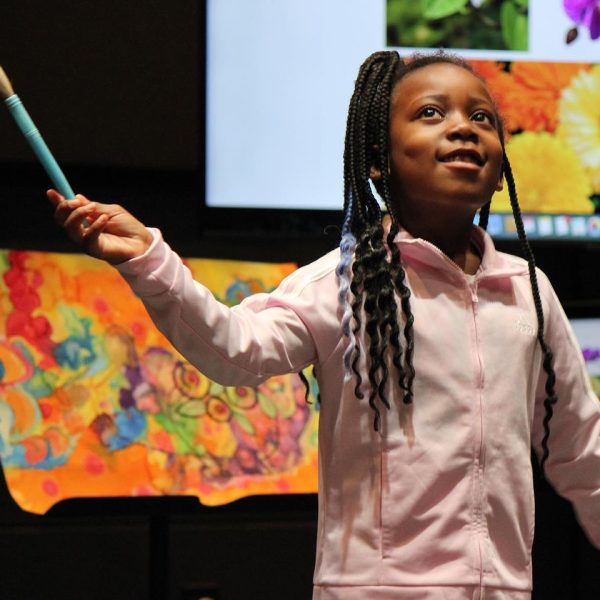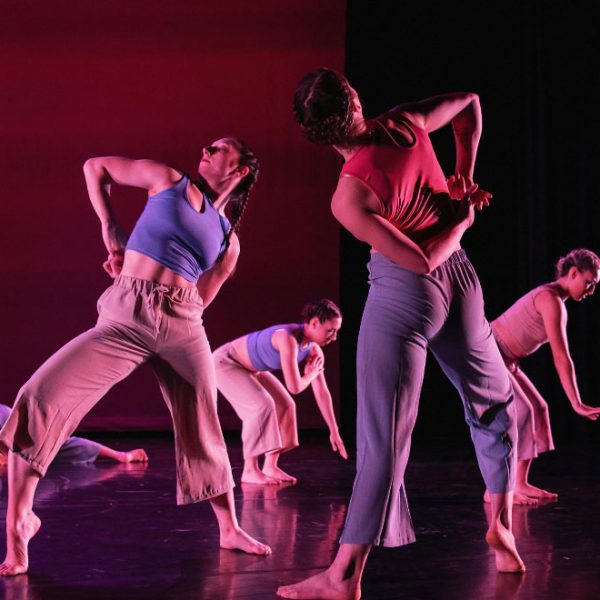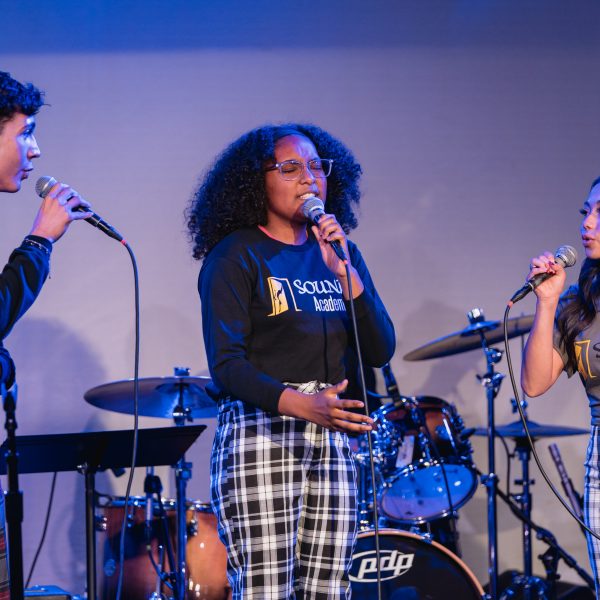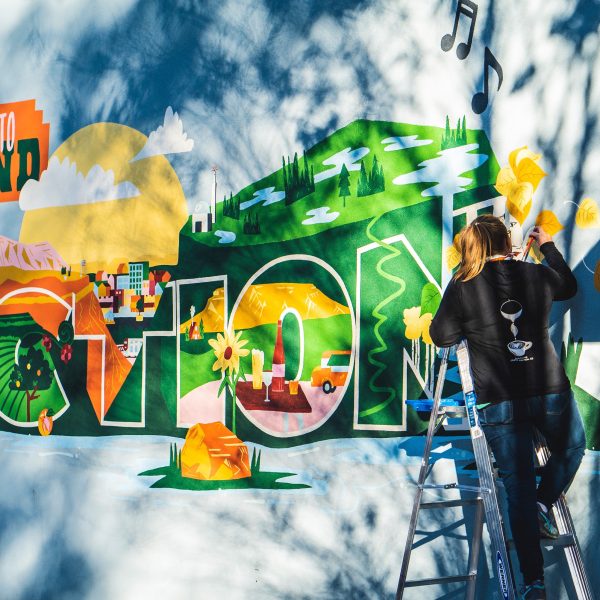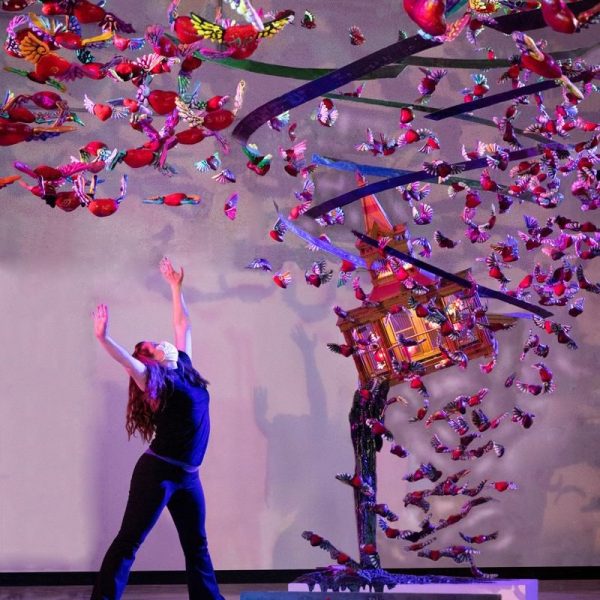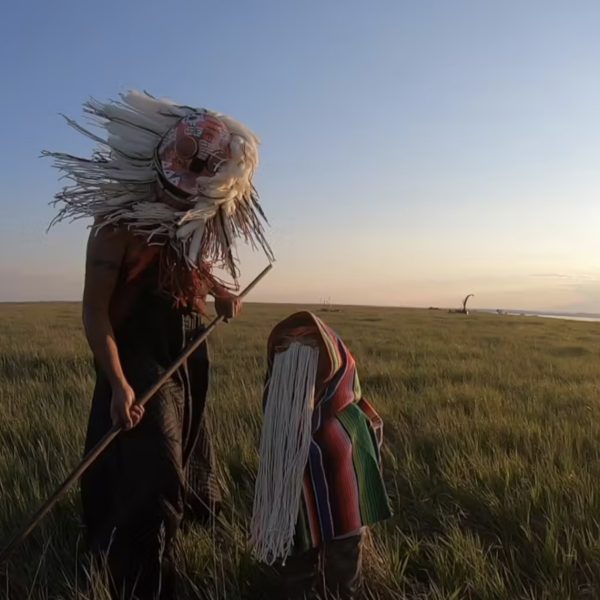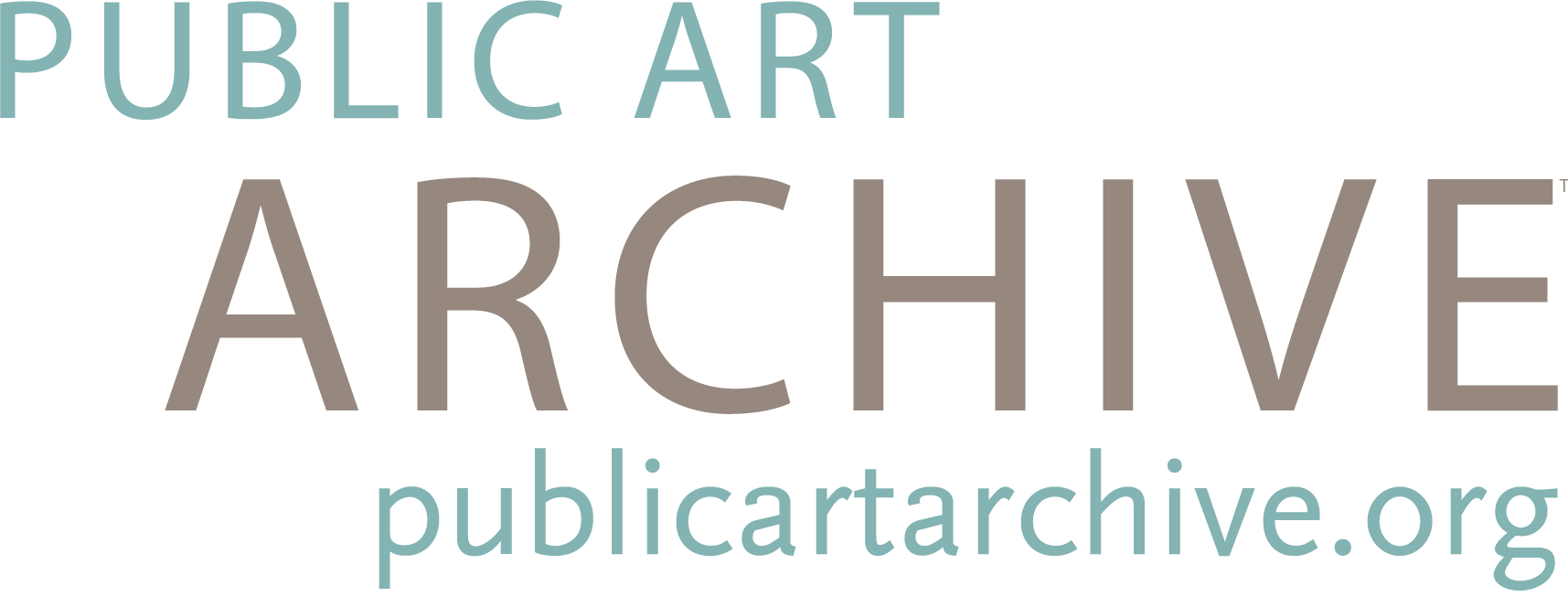Web Services powered by
This is the 109th in a continuing series of updates about the work of WESTAF.
WESTAF COVID-19 Response
Since March, WESTAF has tracked the impact of the COVID-19 crisis on the arts field in the West as well as related policy and funding developments, sharing this information with arts service organizations and arts funders in the West and nationally as we formulate ways to provide relief to the field. WESTAF continues to revise the COVID-19 Update and Resources web pages on our website, and a presentation/briefing is updated weekly, providing deeper insights on state-by-state responses to the impact of COVID-19 on the creative sector. Nearly 800 responses were received for the WESTAF COVID-19 Arts Impact Survey, and final survey findings show that artists, arts nonprofits, and creative businesses (like design firms, galleries, and photography studios) are facing significant financial challenges from the COVID crisis with limited levels of savings or reserves. Conditions for artists and organizations may worsen as these savings and reserves are depleted. The survey also presents encouraging data that shows that arts nonprofits and creative businesses are by-and-large protecting jobs by avoiding layoffs, but it is unclear how long this protection can be sustained. A full survey report is forthcoming.
WESTAF CARES Relief Fund for Organizations
The WESTAF CARES Relief Fund for Organizations opened on May 6 and closed on May 11, as it quickly reached capacity.. Supported by the National Endowment for the Arts, the Fund is a competitive grant program providing general operating support of up to $20,000 to arts and cultural organizations in the West impacted by the COVID-19 pandemic. Qualifying organizations include 501(c)(3) nonprofits, units of state or local government, nonprofit institutions of higher education, and federally recognized Indian tribal governments. Applications will be assessed on inclusivity, demonstrated need, artistic and cultural merit, and public and community benefit. Awards will be made to organizations across the 13-state WESTAF region, with at least one grant awarded per state. Applications will be reviewed by panels convening in mid-June, with award announcements made by July. Updates on the status of the WESTAF CARES Relief Fund for Organizations will be shared with our colleagues in the region as they become available.
Creative Vitality™ List of 30 Most Creative Small Cities in America
On April 29, CVSuite™ released its list of The 30 Most Creative Small Cities in America. The list is the first in WESTAF’s new series of data-driven profiles celebrating the arts, culture, and creativity of America’s most vital and vibrant places and spaces. WESTAF’s Creative Vitality Lists offer a snapshot of various trends within neighborhoods, regions, and states to highlight creative vitality in communities across the United States. Using data from WESTAF’s CVSuite creative economy data tool, the Creative Vitality™ Index (CVI™) was utilized to measure and rank the creative economies of Metropolitan Statistical Areas with populations under 500,000. The CVI is a statistical metric of creative activity per capita within a region. The Index includes data sources from the nonprofit and for-profit arts sectors with indicators in creative occupations, nonprofit revenues, and creative industry sales. See the full release here. The CVSuite team is currently working on a second list, which will be released in the fall.
Arts + the Rural West Virtual Workshop
On Friday, April 3, WESTAF held an Arts + the Rural West virtual workshop over three hours with 25 participants representing the Alliance for California Traditional Arts; Art of the Rural; California Arts Council; Idaho Commission on the Arts; Epicenter; Mountain Time Arts; First Nations Development Institute; Plains Indian Museum of the Buffalo Bill Center for the West; Los Angeles County Museum of Art; the National Endowment for the Arts; Housing Assistance Council/Citizens’ Institute on Rural Design; Rural LISC; Wichita Falls Alliance for Arts and Culture; Center for Education, Business, and the Arts; Advocates for California Indigenous Language Survival; Western Folklife Center; Artes Americas; and the Town of Eagle, Colorado. In eight virtual breakout sessions, participants discussed the impact of COVID-19; rural arts as a rural development strategy; ways that rural communities shape their arts and cultural life; resourcing arts and culture in rural areas; and the opportunities, needs, and challenges for arts in the rural West. A report of the Zoom video conference session and other resources will be shared in June.
Public Art Archive™ Documenting Public Artworks Initiated in Response to COVID-19
The Public Art Archive (PAA) team is making a concerted effort to archive the public art projects that have been initiated in response to COVID-19. Some of these projects call for the creation of new artworks, while others might include programming for engaging with existing artworks in public art collections worldwide. Because some of these initiatives may be temporary, the PAA team feels it is especially important to capture information about these public art projects now, while they still exist within our physical spaces. PAA has received a great response from the field regarding this effort. After the projects and initiatives are documented, their records will be added to a resource page and widely shared.
